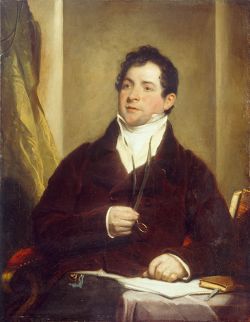Annotation:Last Rose of Summer (The)
X:1 T:Last Rose of Summer, The M:3/4 L:1/8 R:Air Q:"Andante Affetuoso" B:P.M. Haverty – One Hundred Irish Airs vol. 2 (1858, No. 187, p. 84) Z:AK/Fiddler’s Companion K:Eb E>F|G2e2 (c>B) |(BG3) (E>F)|G2 (AG) {G}(F>E)|[G,4G4] (E>F)| G2e2 {d}(c>B)|(BG3) (E>F)|G2 (AG) {G}F>E|[G,4E4]|| (B>G)|e2 (e>d) {d}c>B|(B2G2) (B>G)|e2 (e/d/c/=B/)|c2 {=Bcd}!fermata!e2 (E>F)| G2e2 {d}(c>B)|(BG3) (E>F)|G2 (AG) {G}(F>E)|[G,4E4]||
LAST ROSE OF SUMMER, THE. AKA and see "Groves of Blarney (The)," "Young Man's Dream (The)." Irish, Air. F Major (Howe, O'Flannagan): E Flat Major (Haverty): G Major (Scanlon). Standard tuning (fiddle). One part (O'Flannagan): AB (Haverty): AABA (Howe): ABBA (Scanlon). "'Tis the last rose of summer" is the title of a song by Thomas Moore [1], and appears in A Selection of Irish Melodies (No. 4, Book 5, 1813), to the older tune of Alfred Milliken's "The Groves of Blarney" (which itself is said to have been borrowed from a seventeenth-century harp melody). Moore's volume has been described as a "veritable cornerstone of bourgeois 'popular song'"[1], and was generally much admired in the parlor room, although a few songs were considered impolite in theme.
See also Pipe Major William Robb's melodically similar retreat march "When the Battle's O'er."
The tune was played for dancing (probably as a waltz) by a 1912 dance band in Orchards, Washington, led by fiddler Arthur D. Streeter.

- ↑ Scott, The Singing Bourgeois : Songs of the Victorian Drawing Room and Parlour, p. 25.

